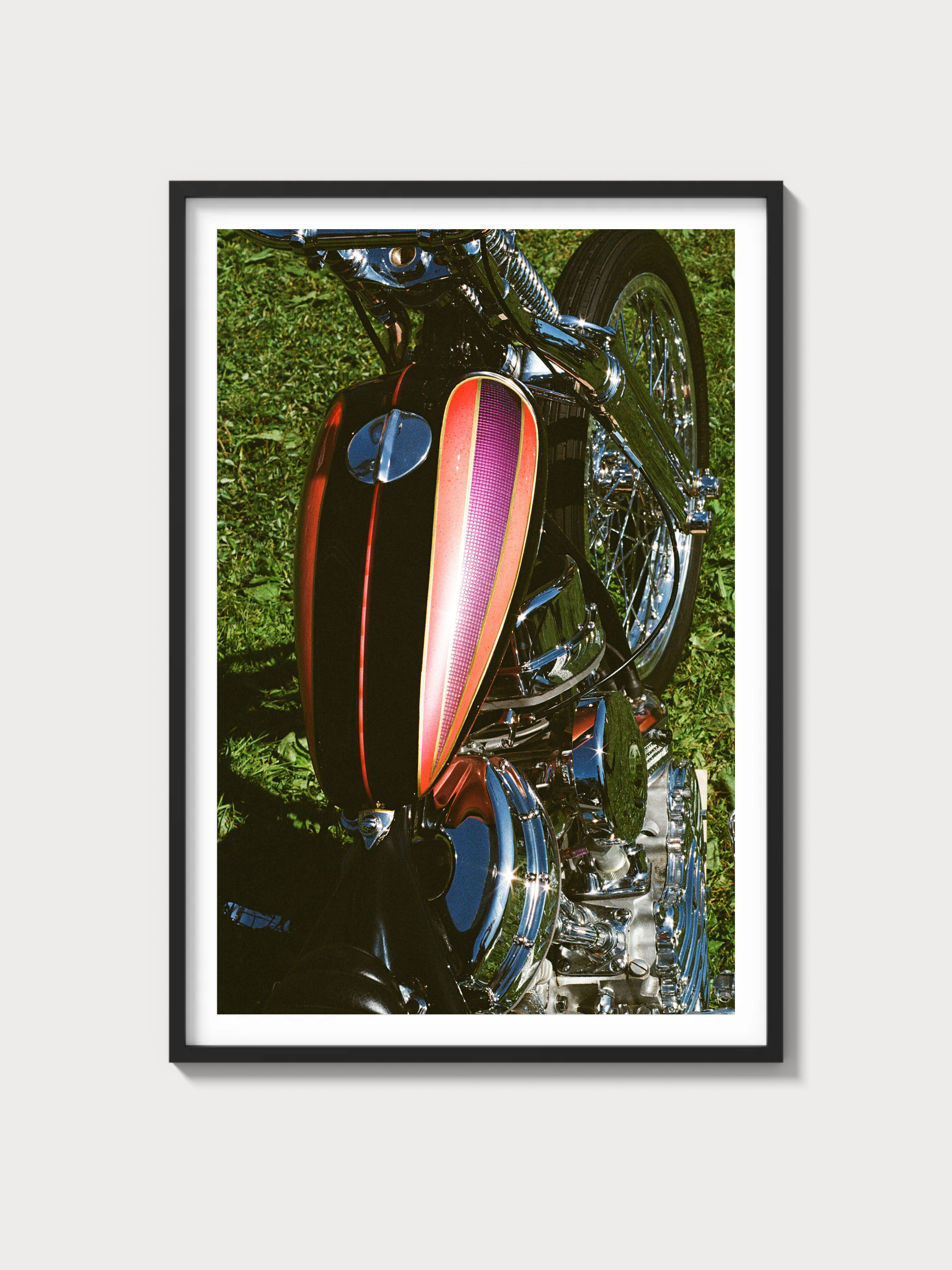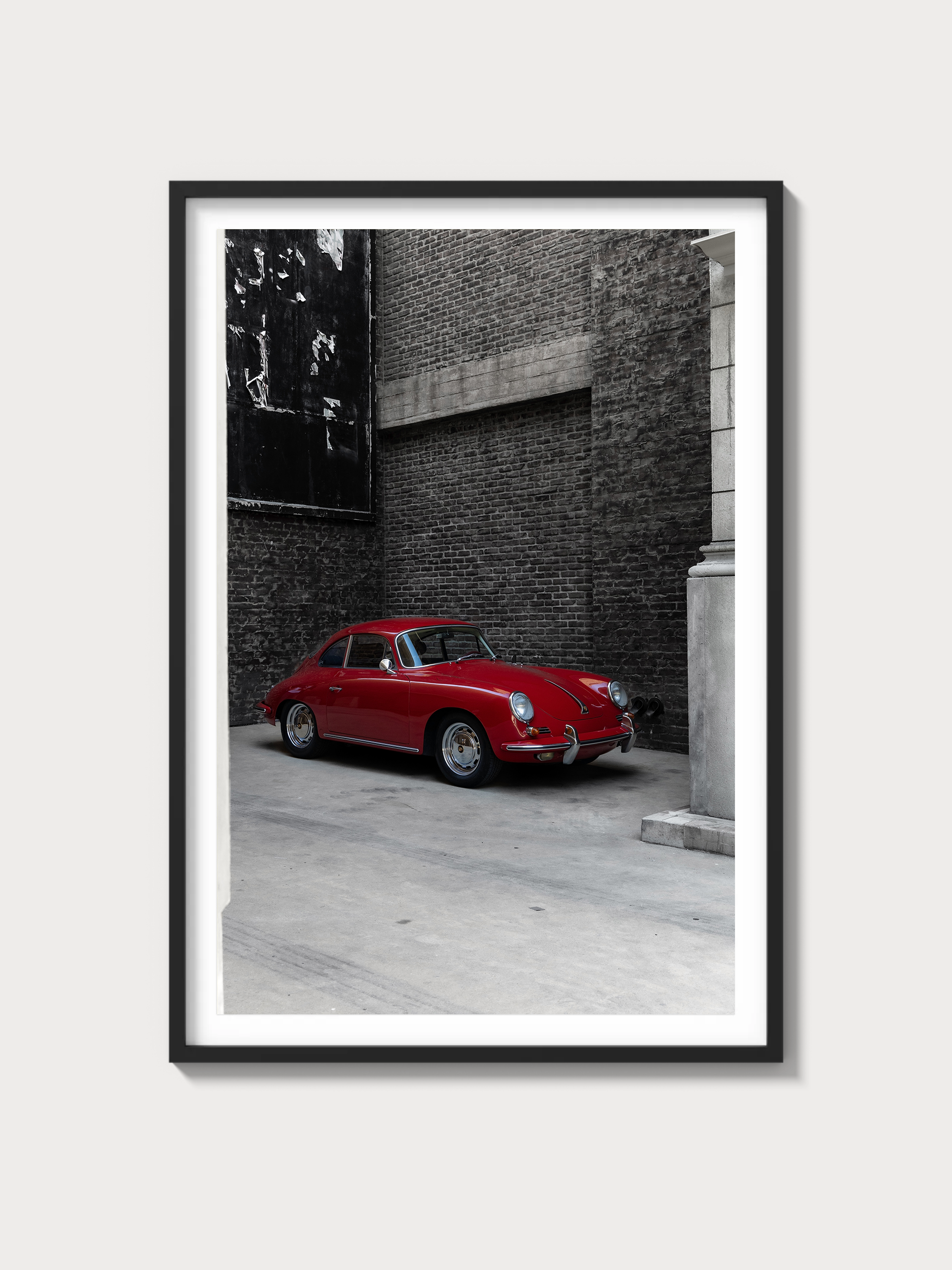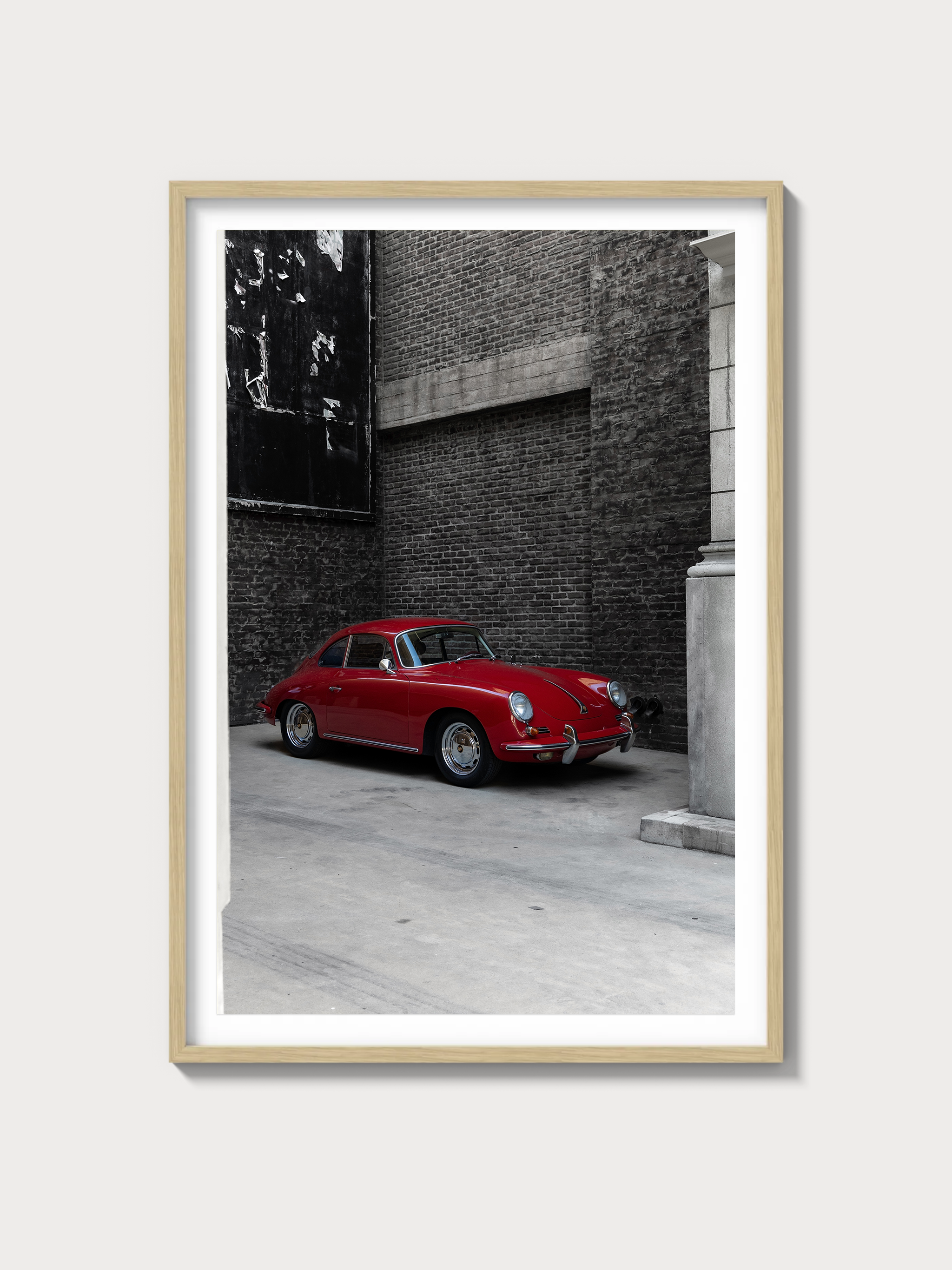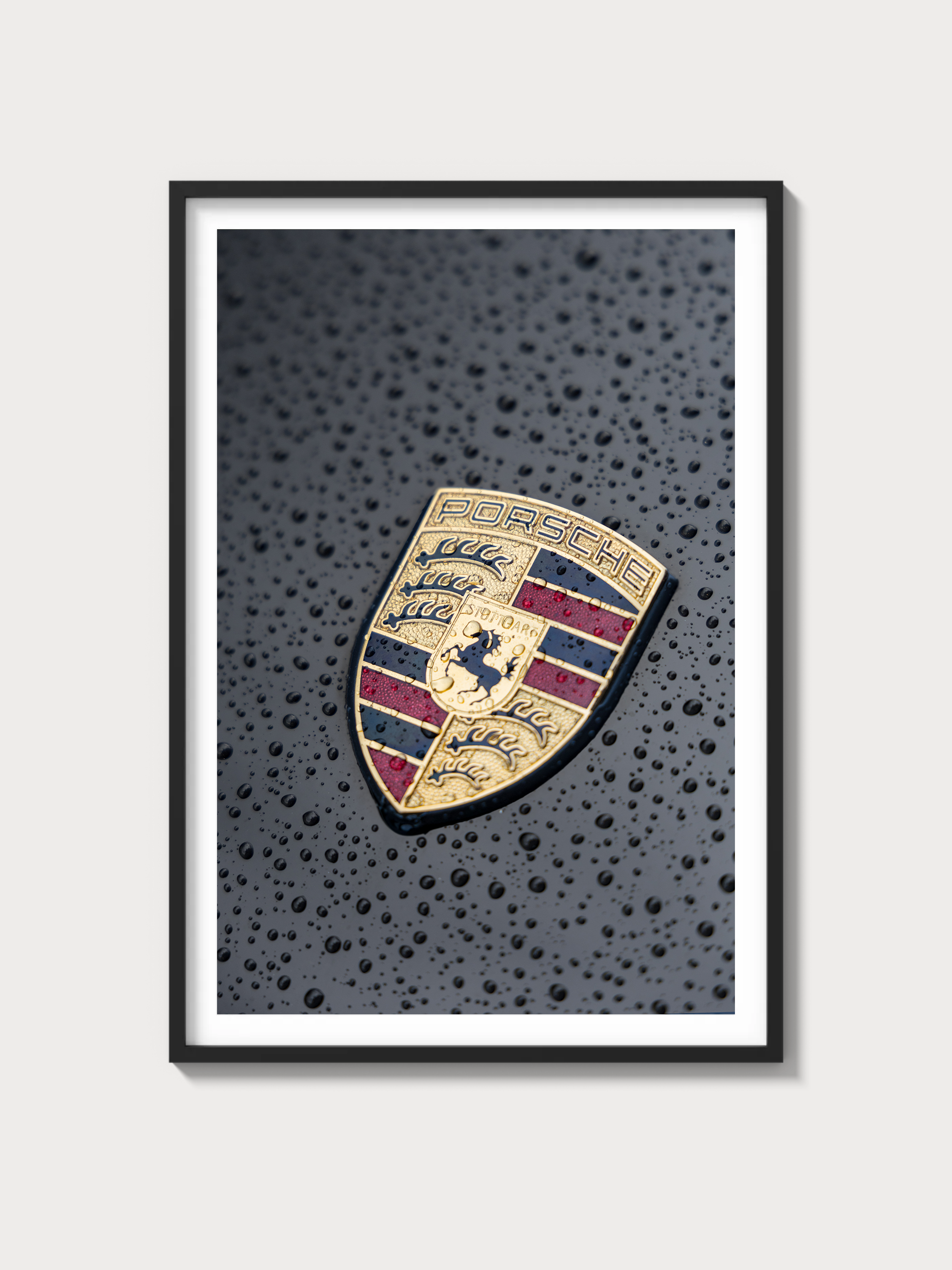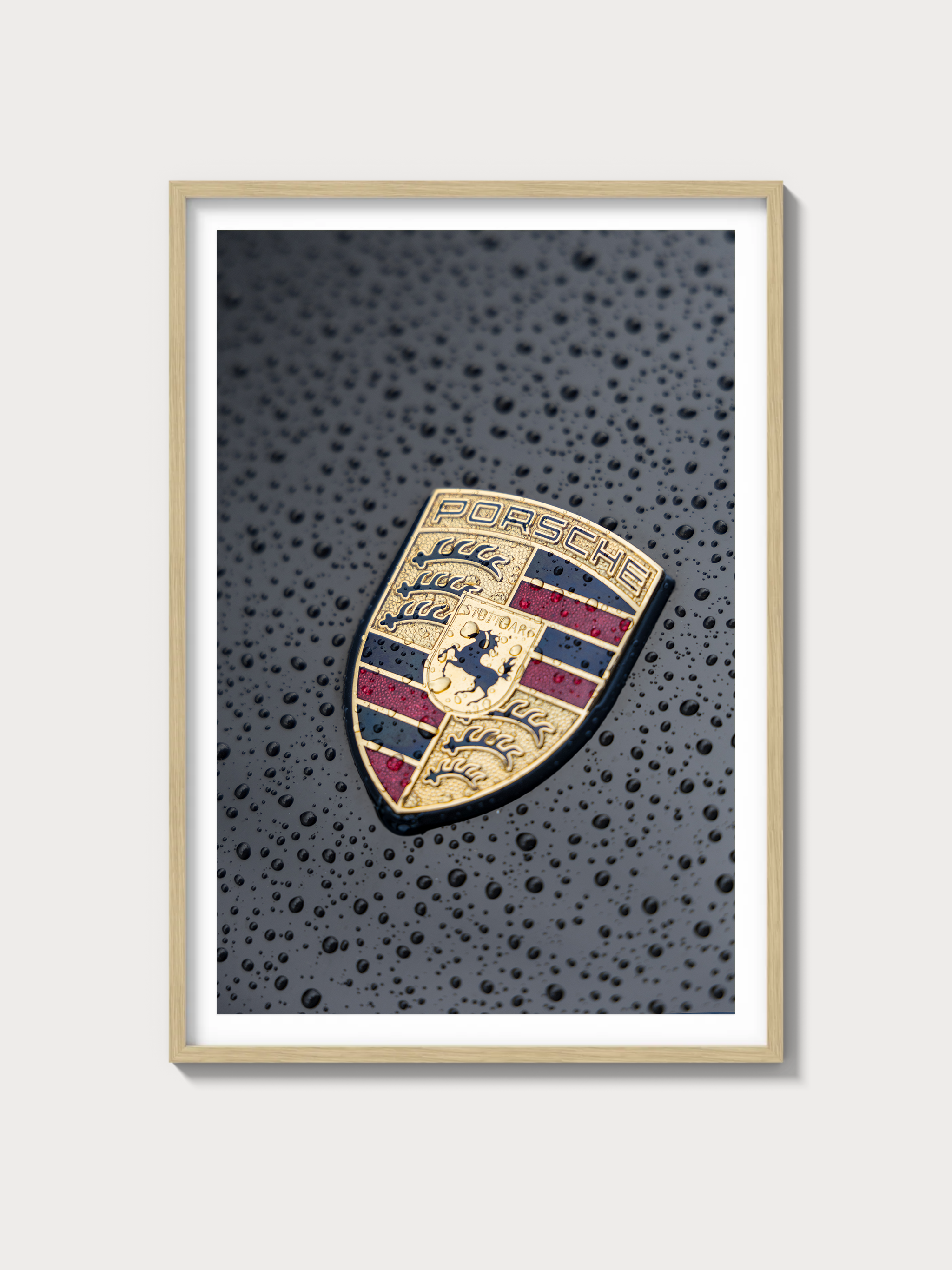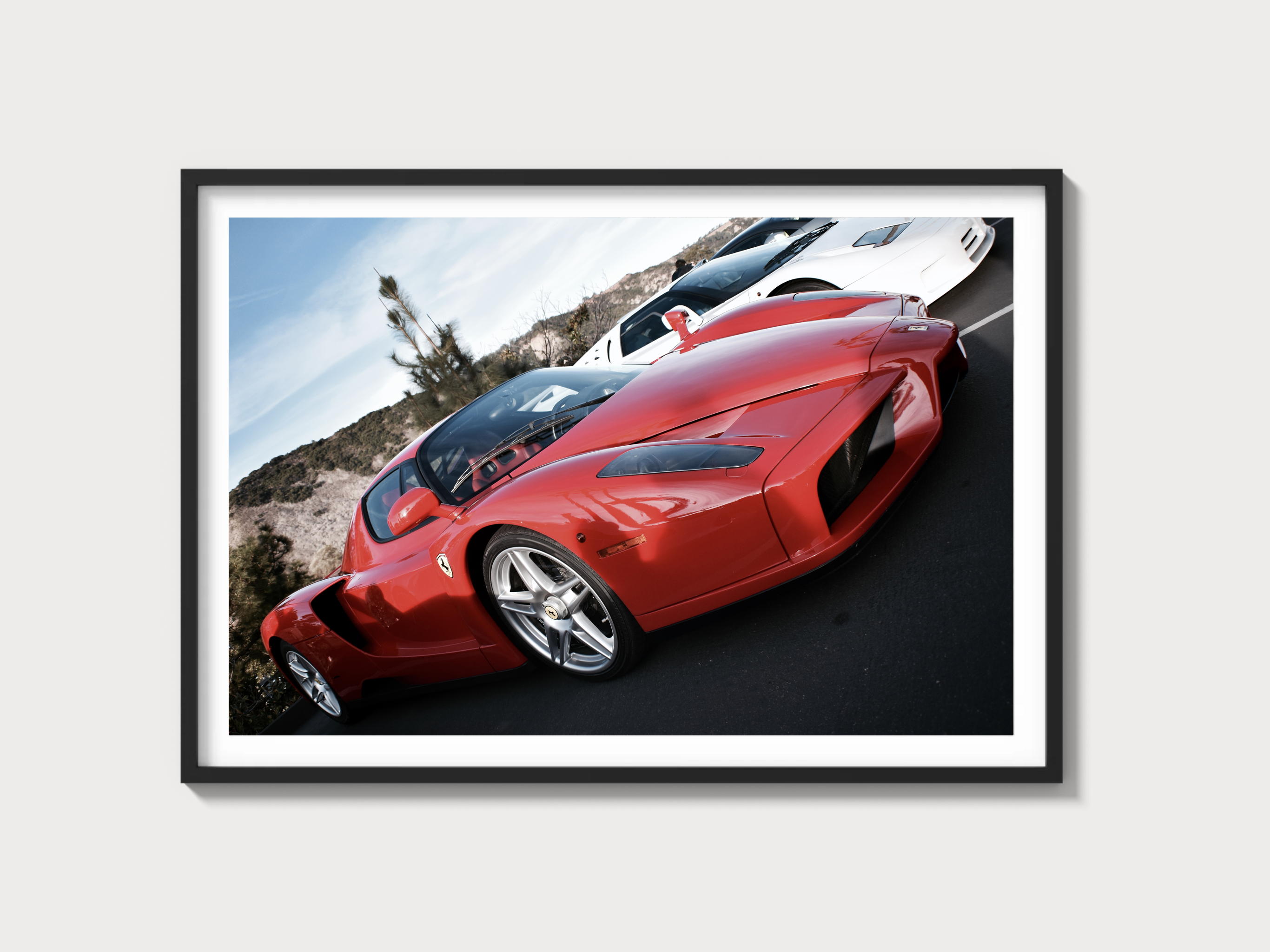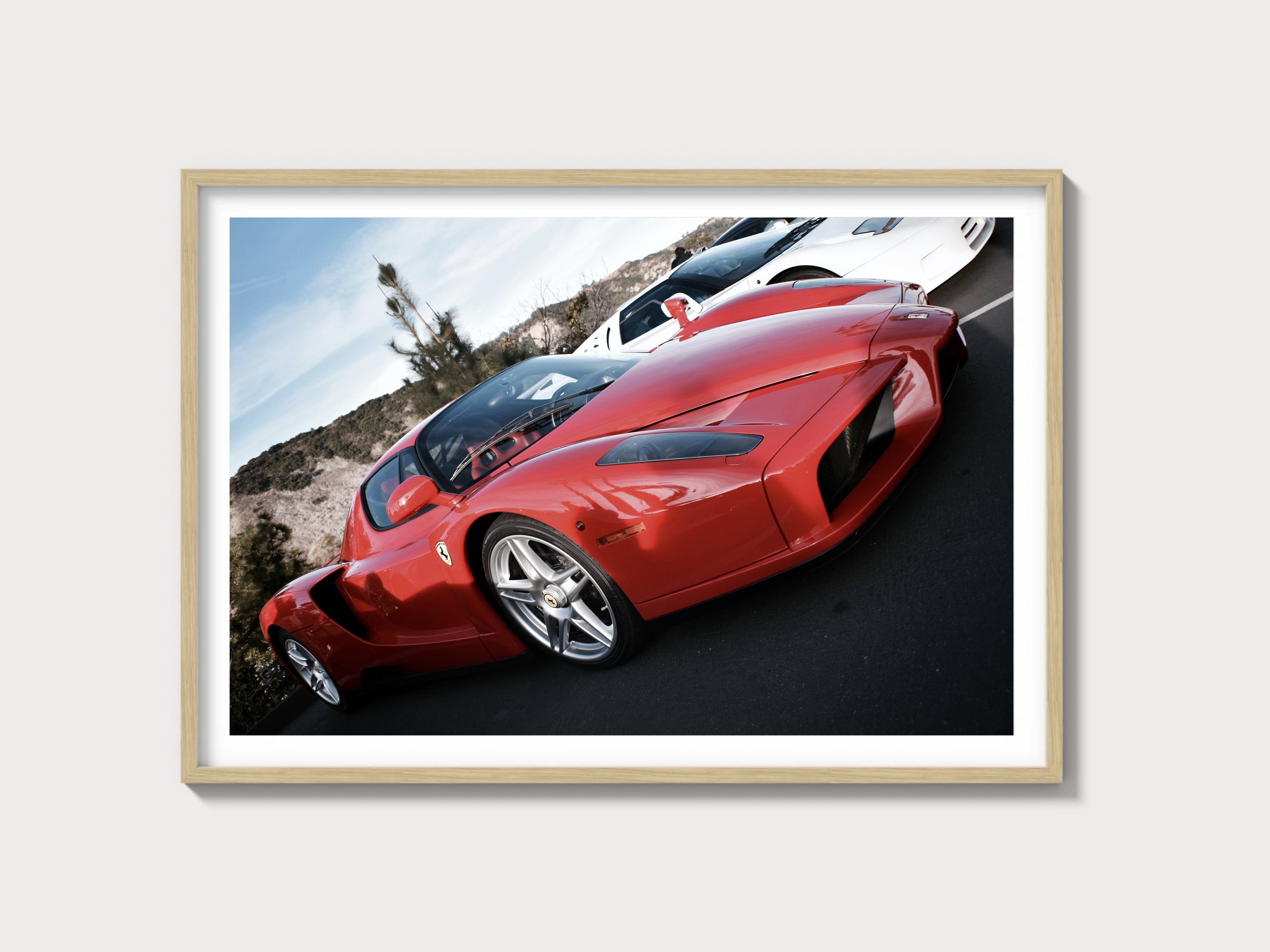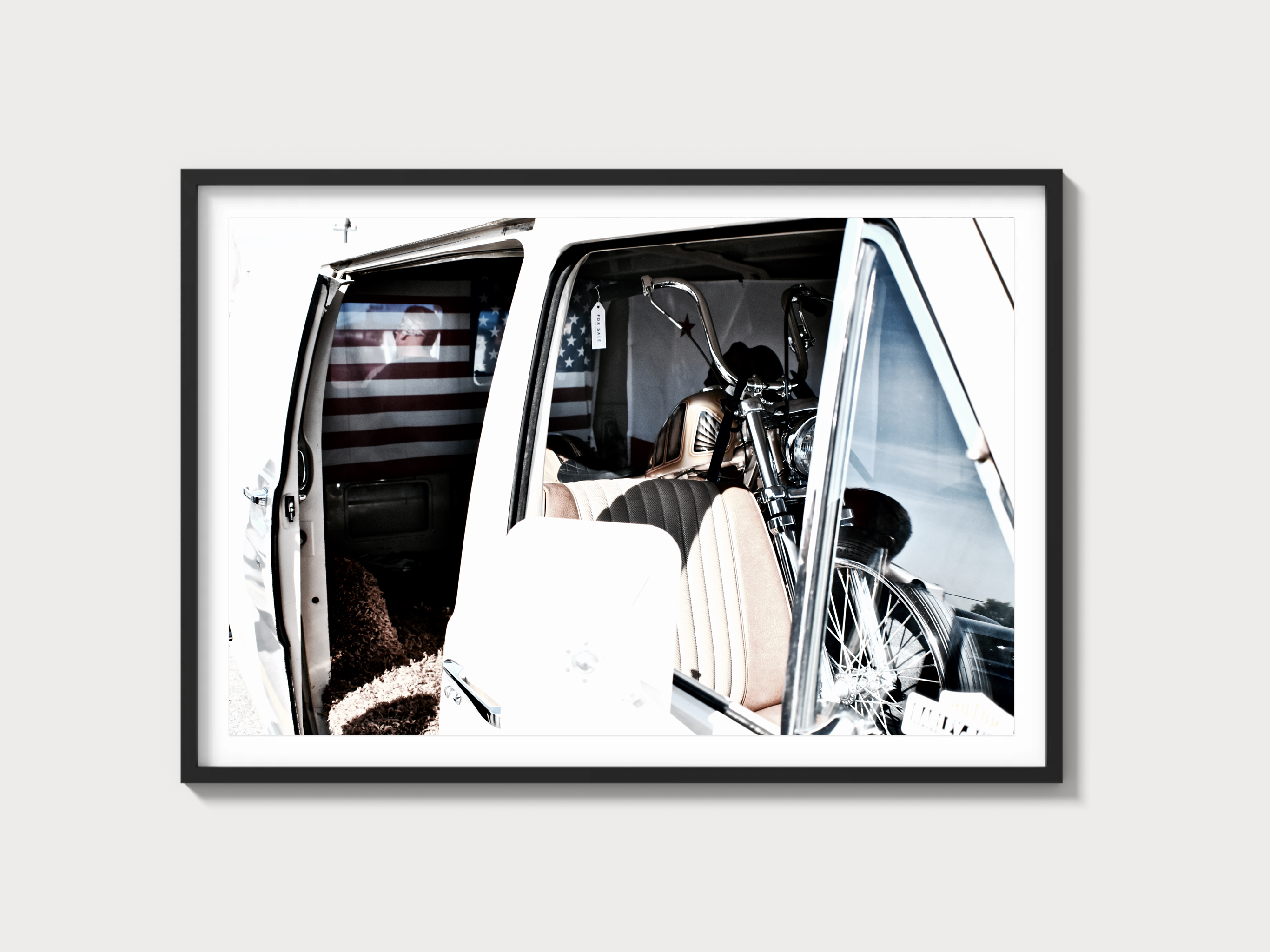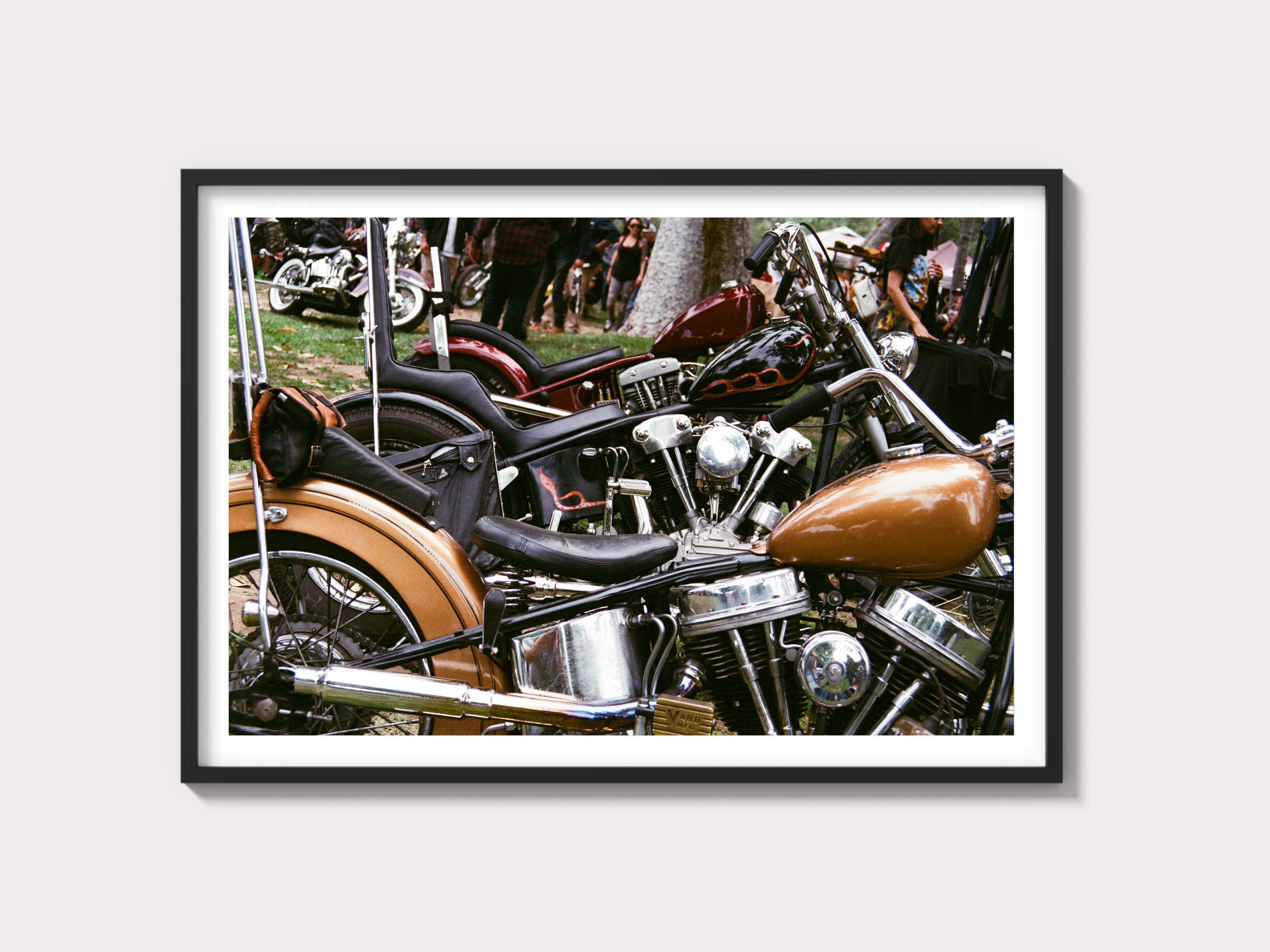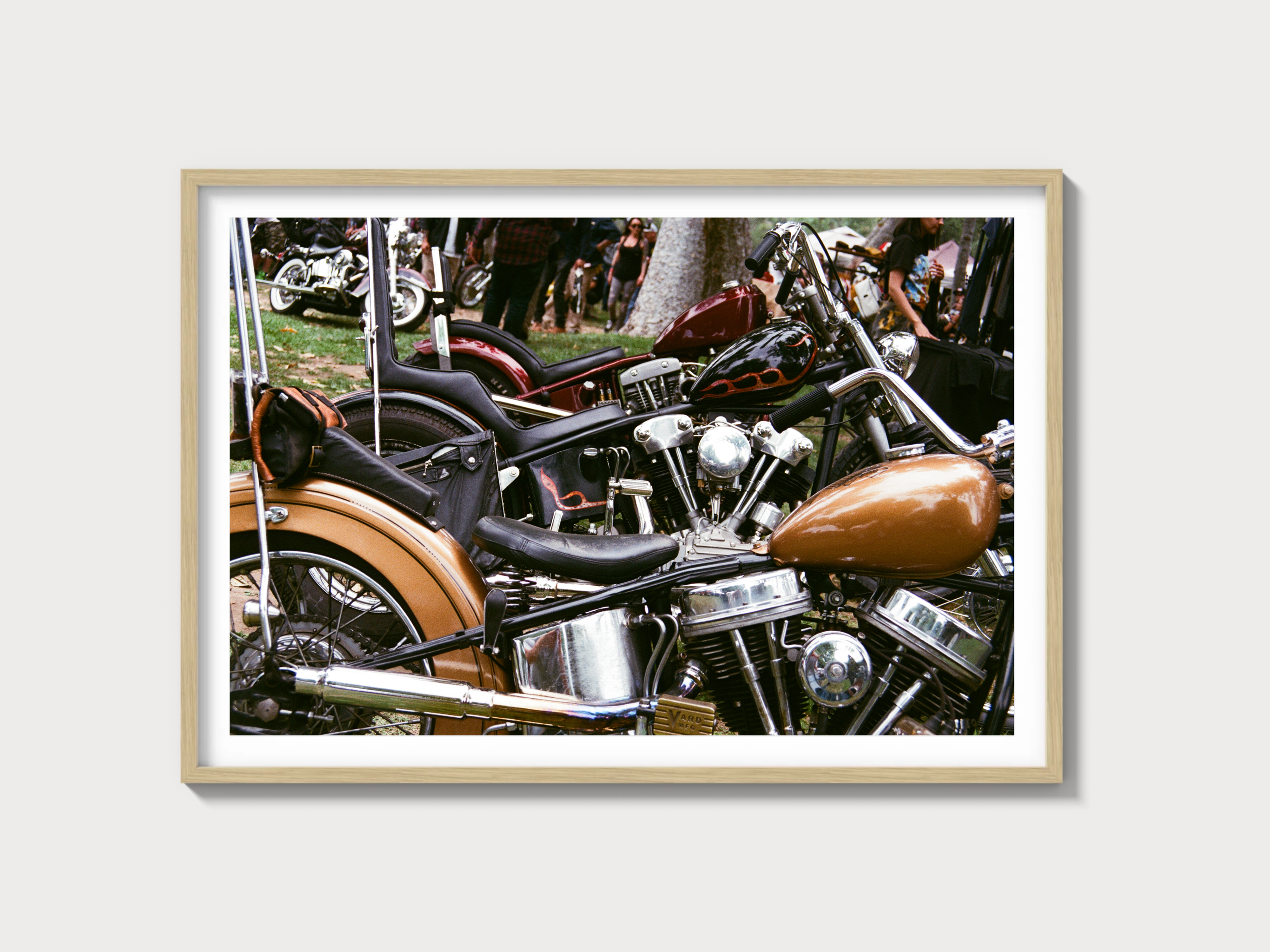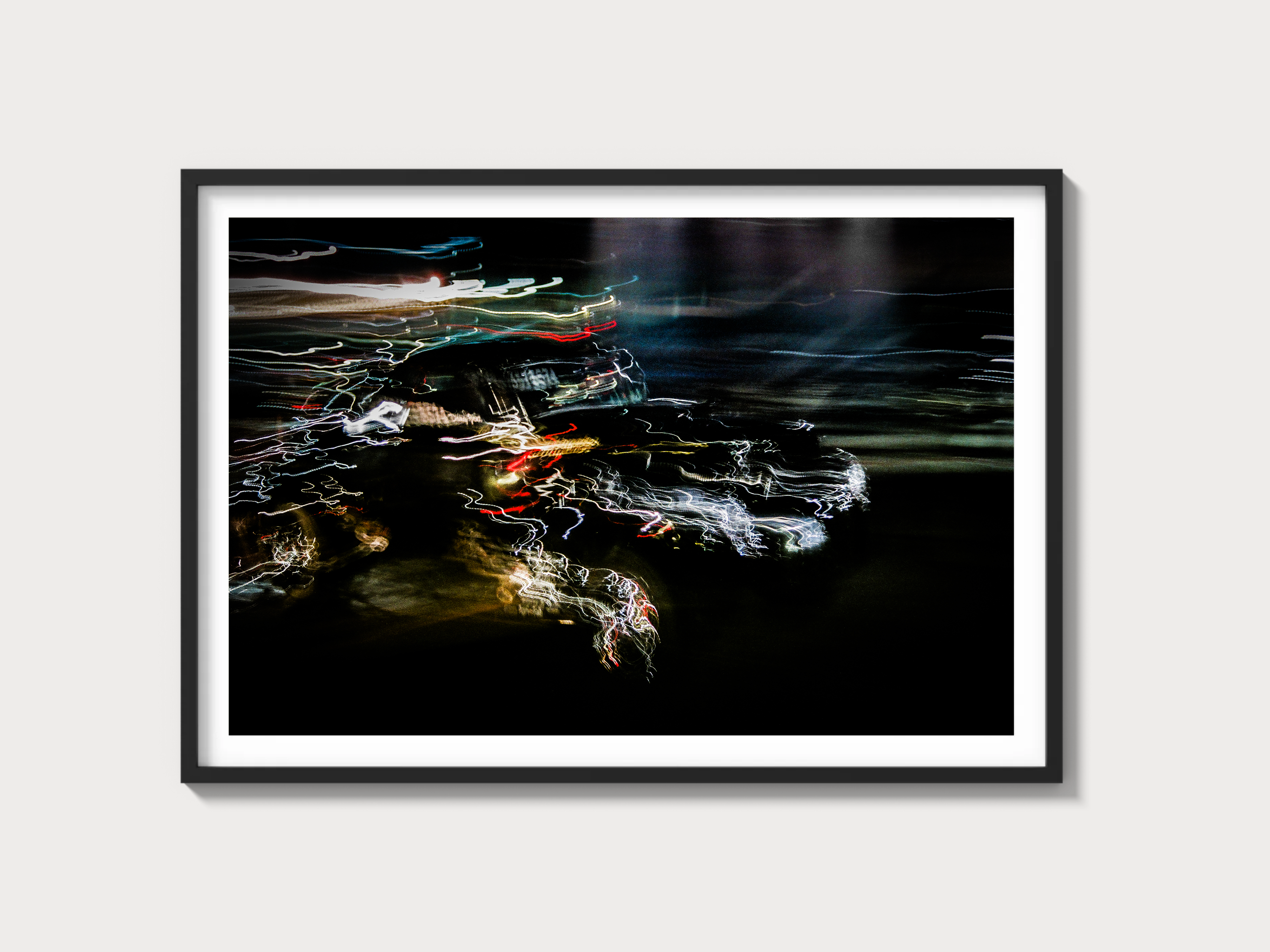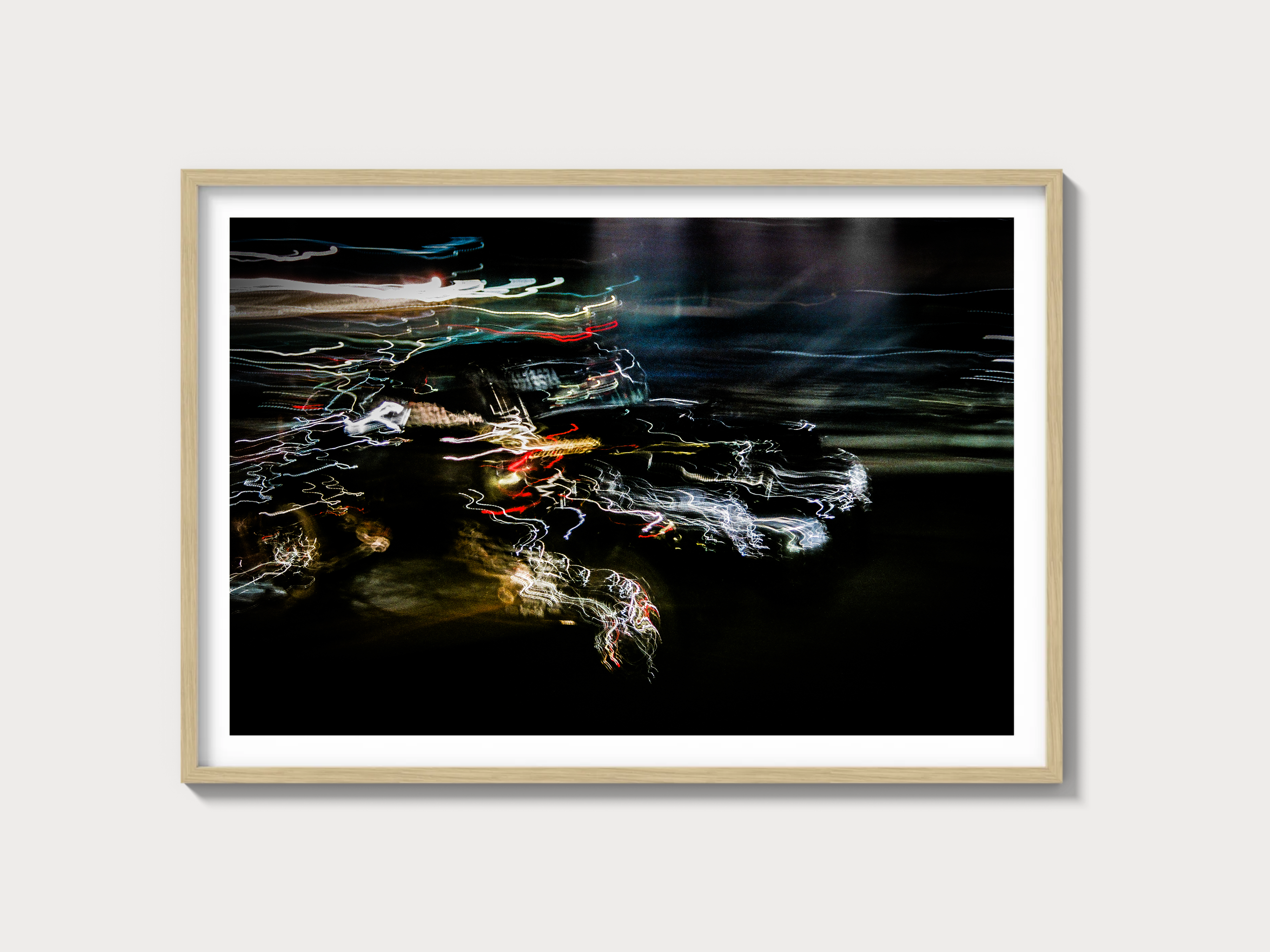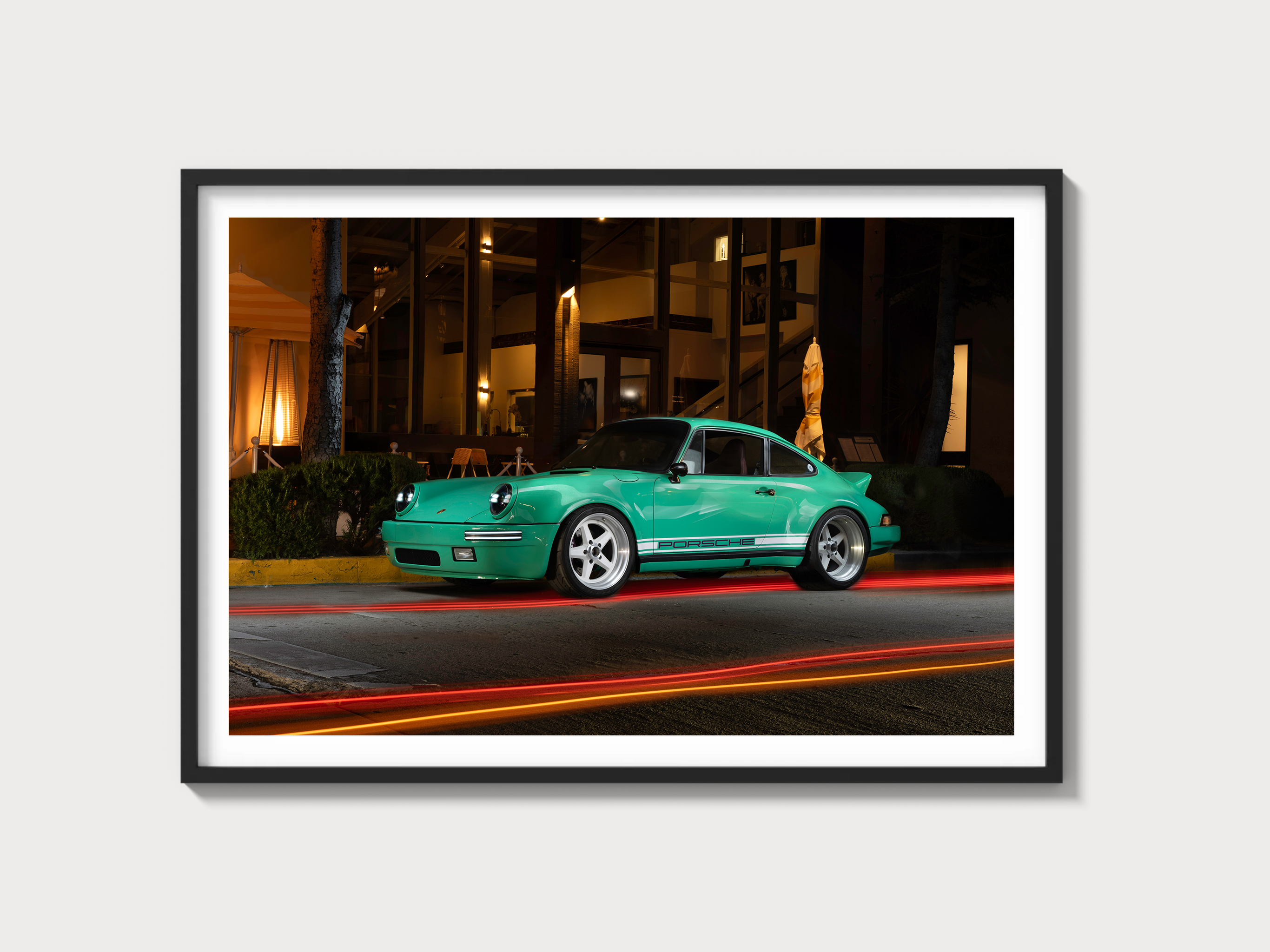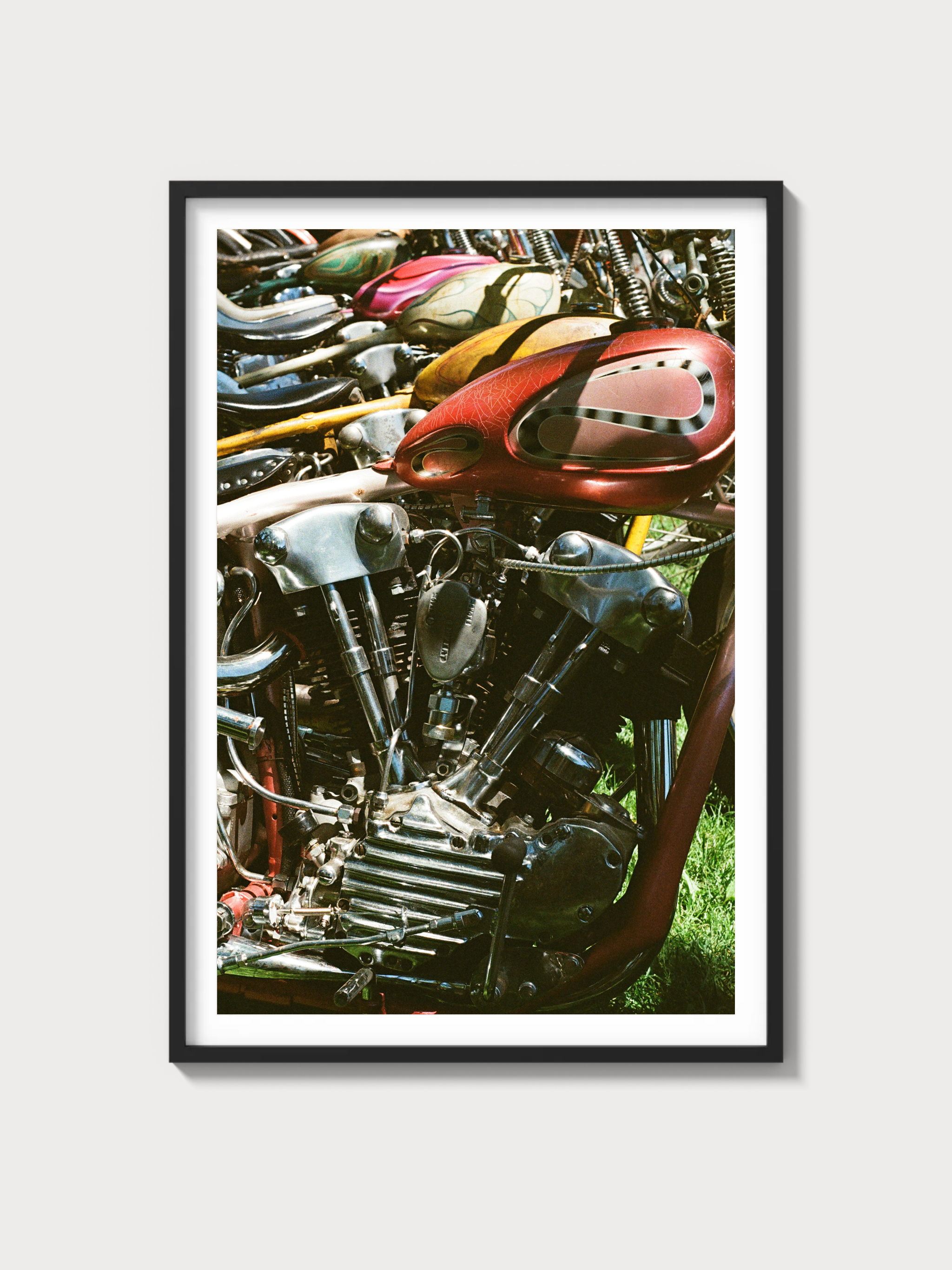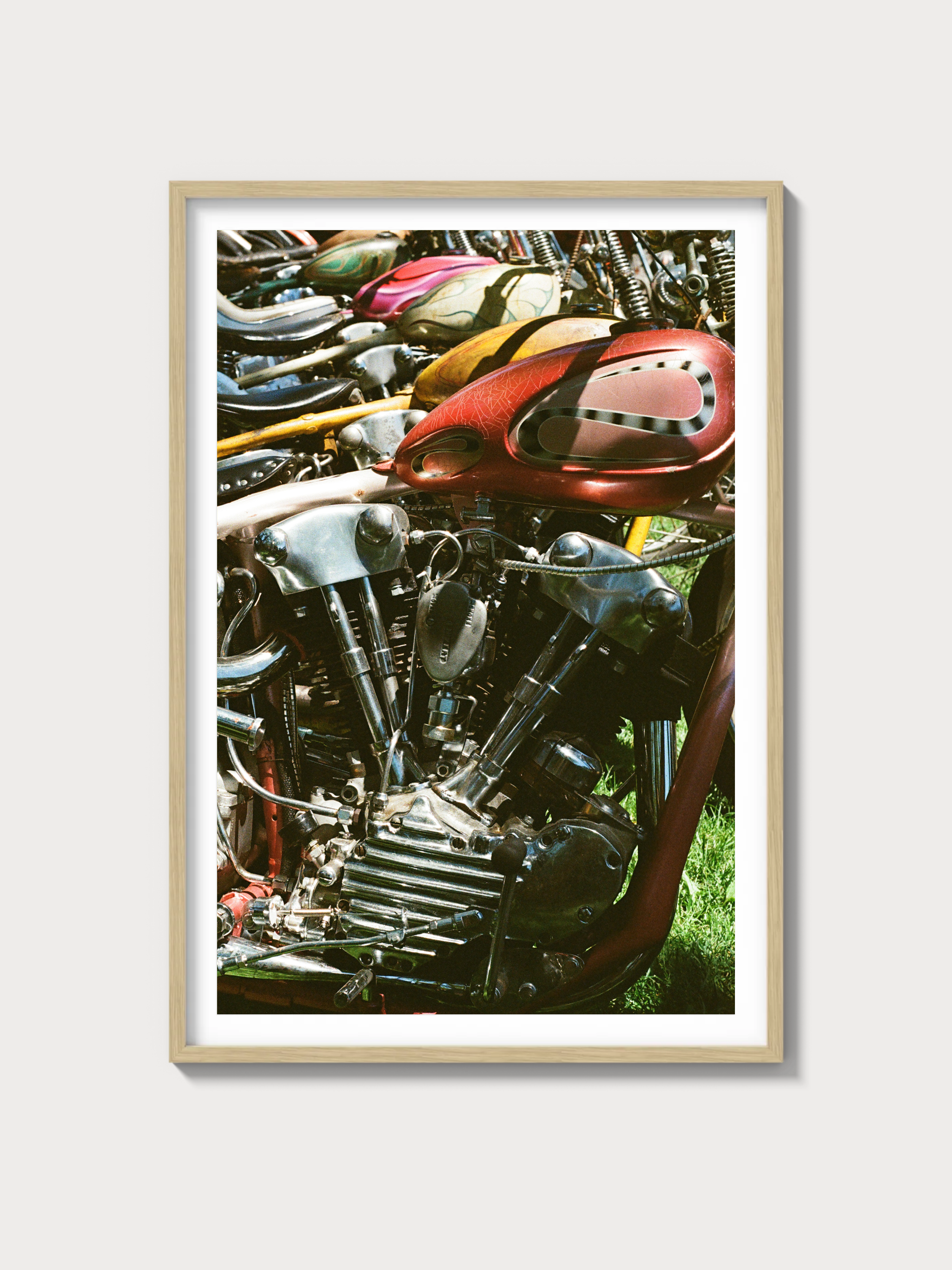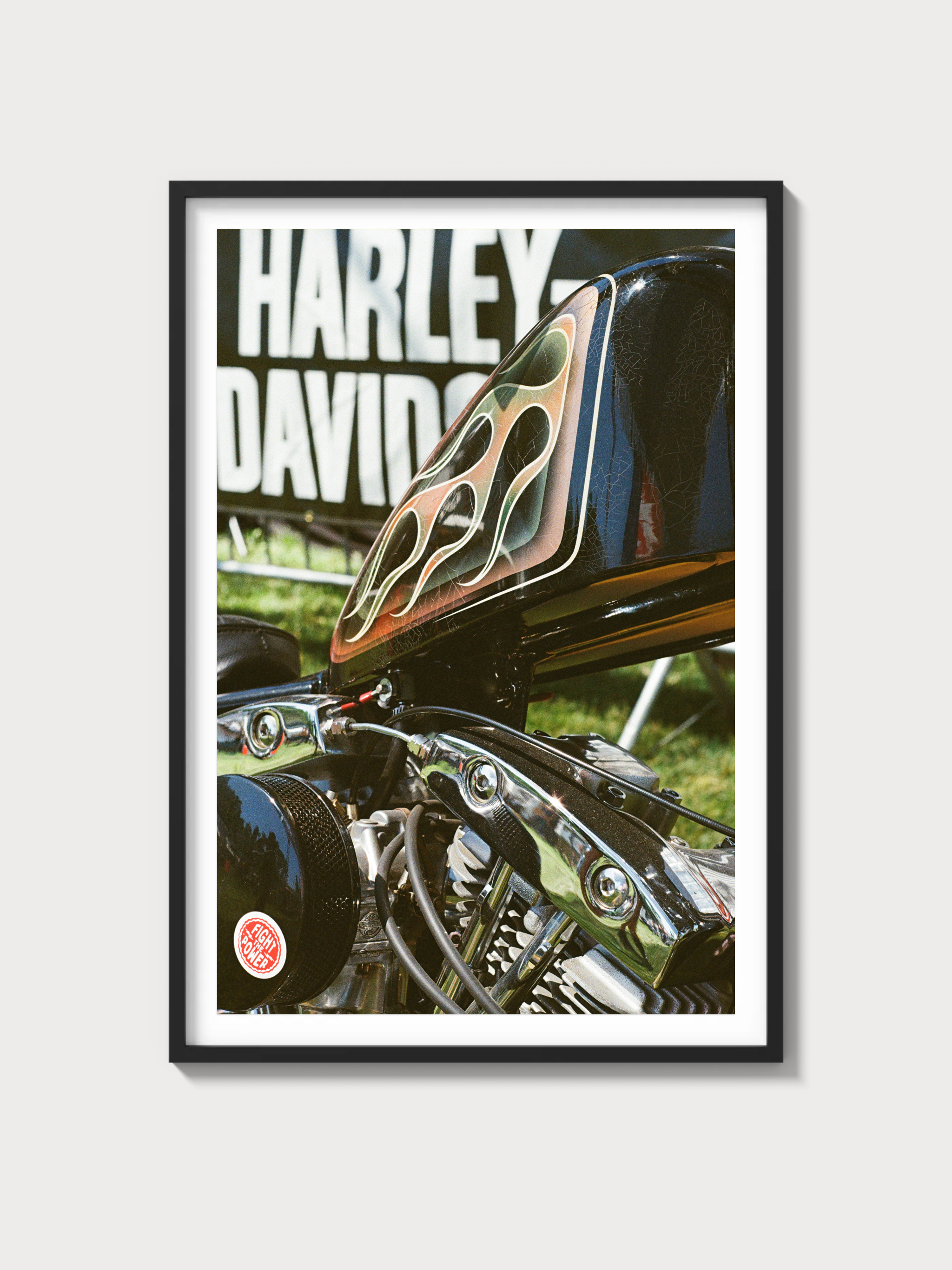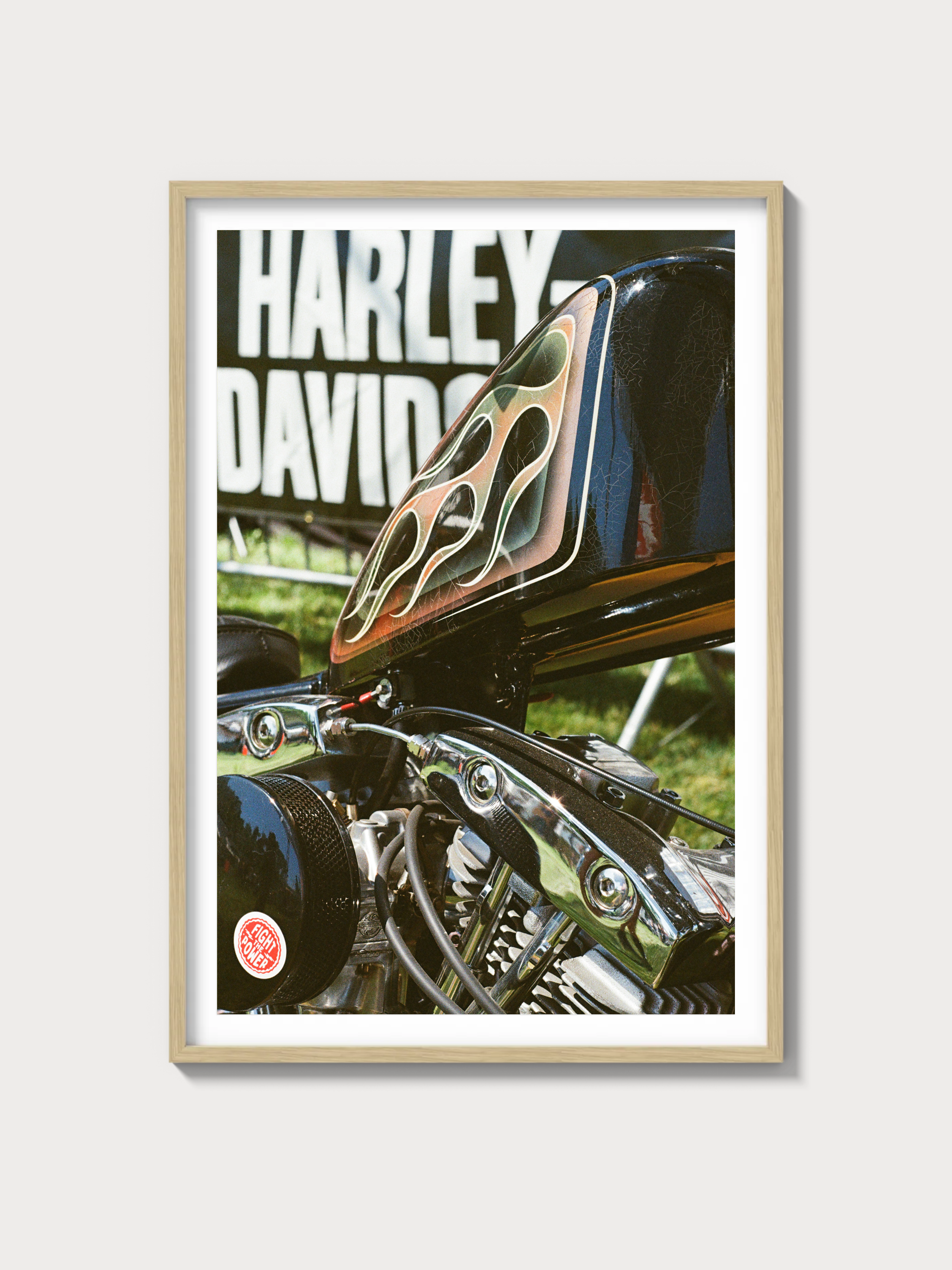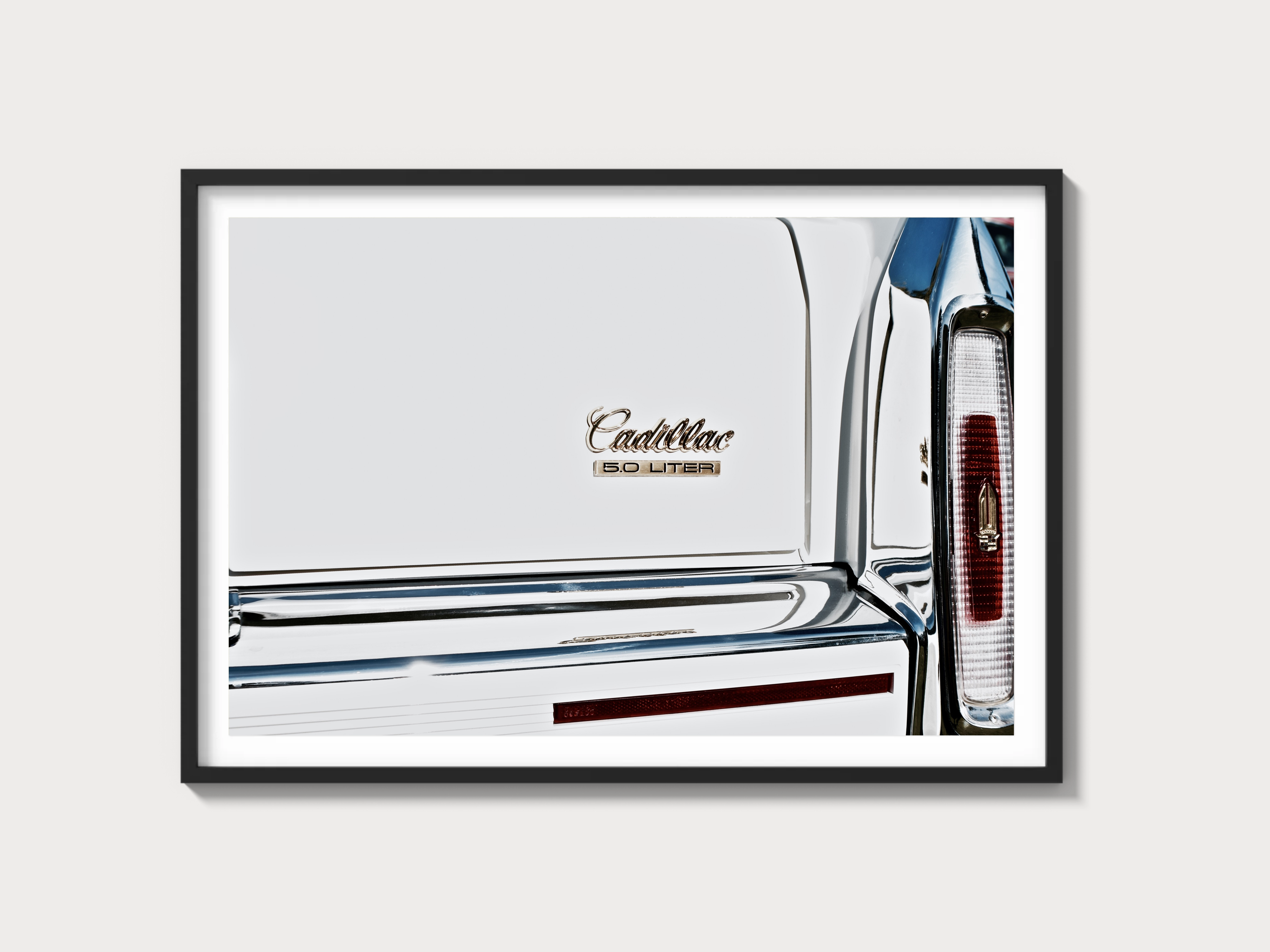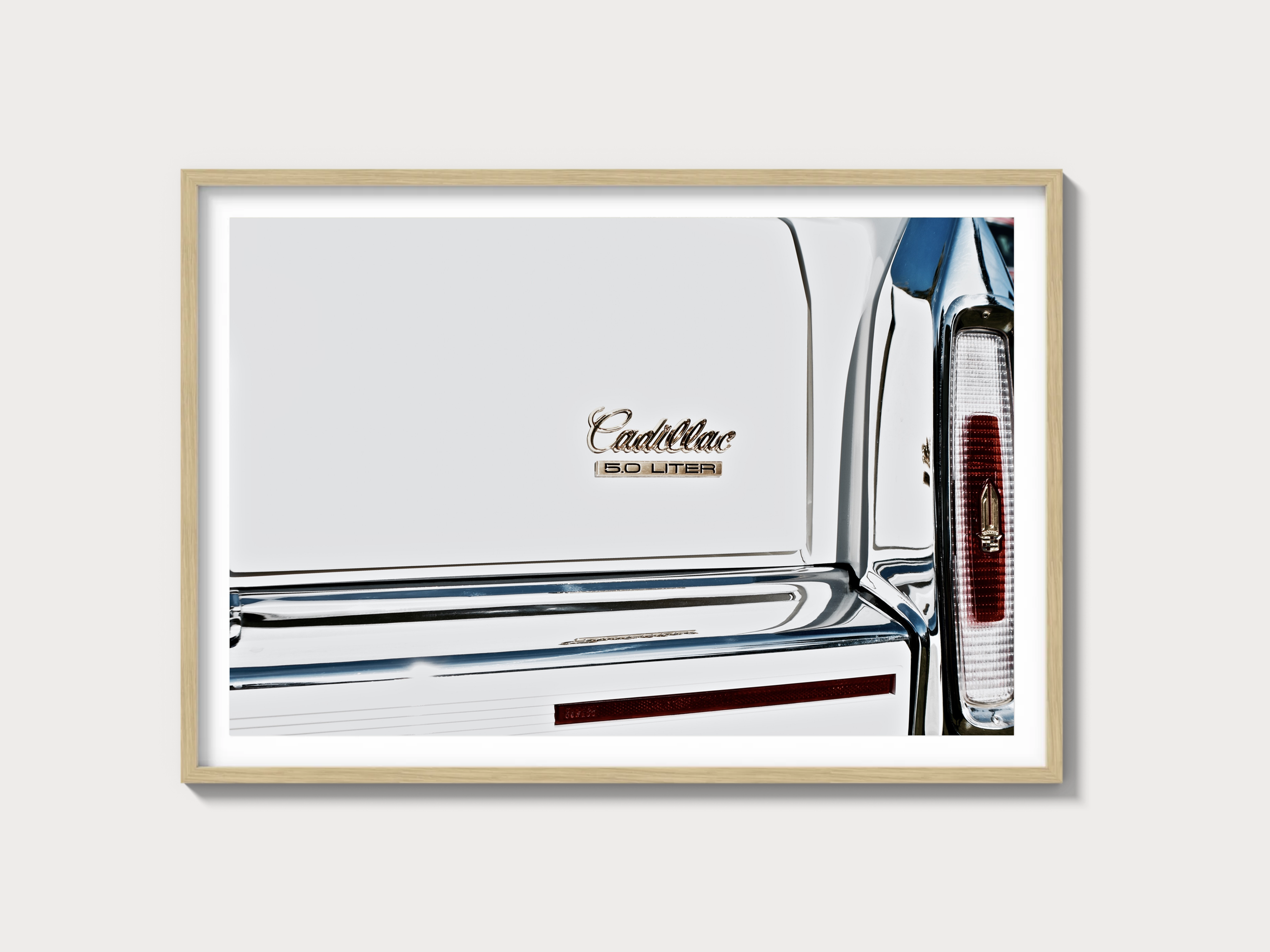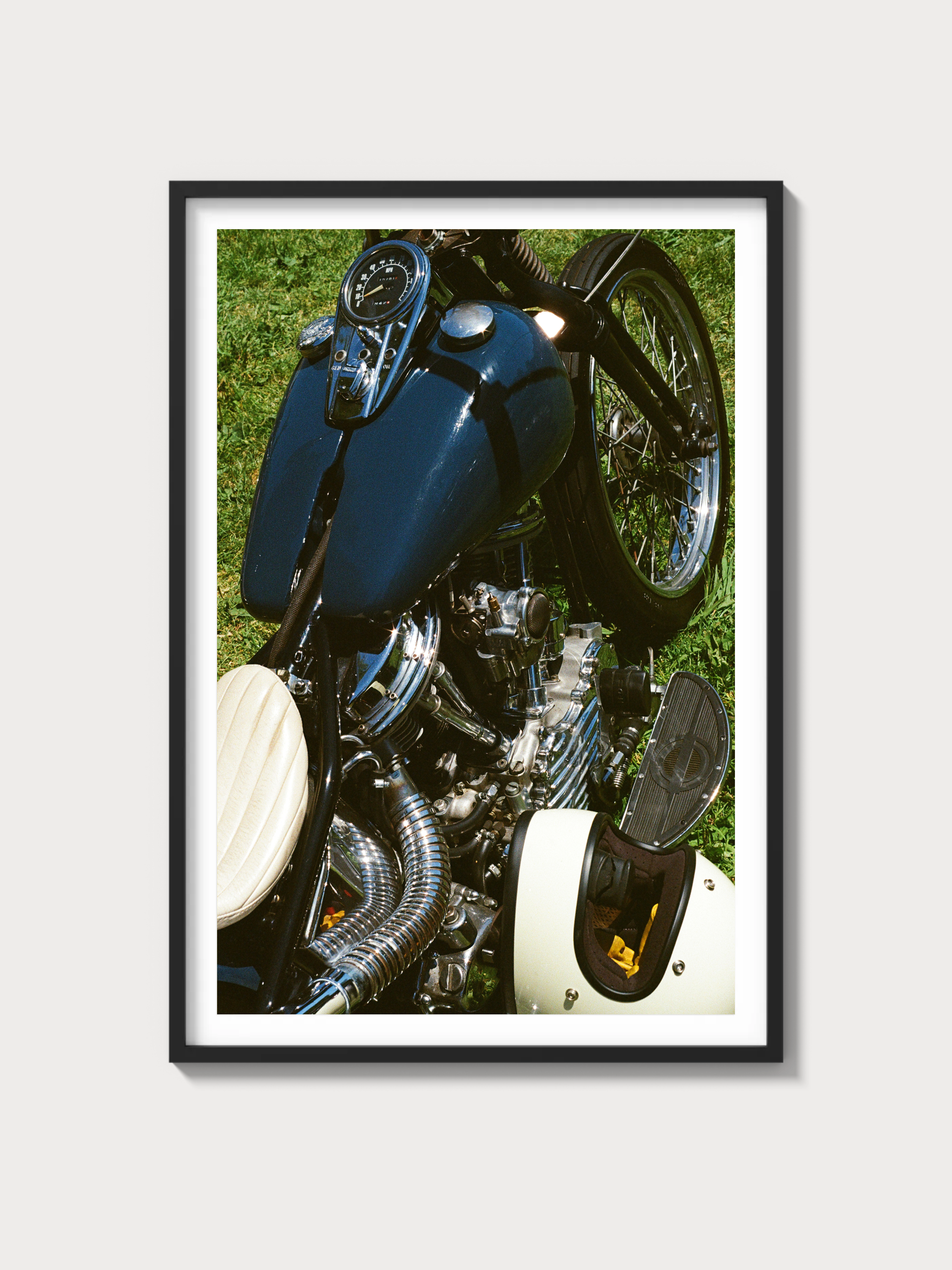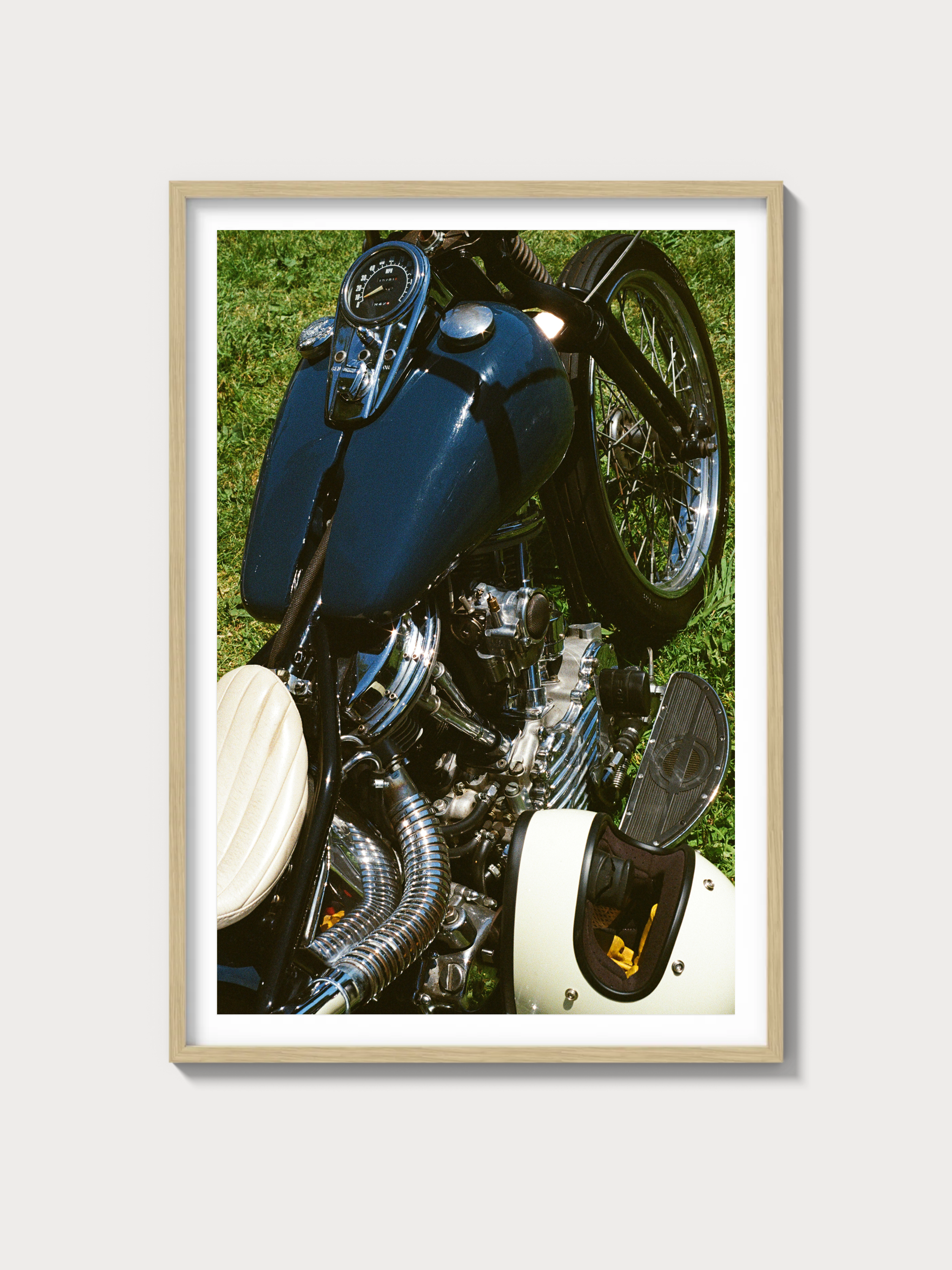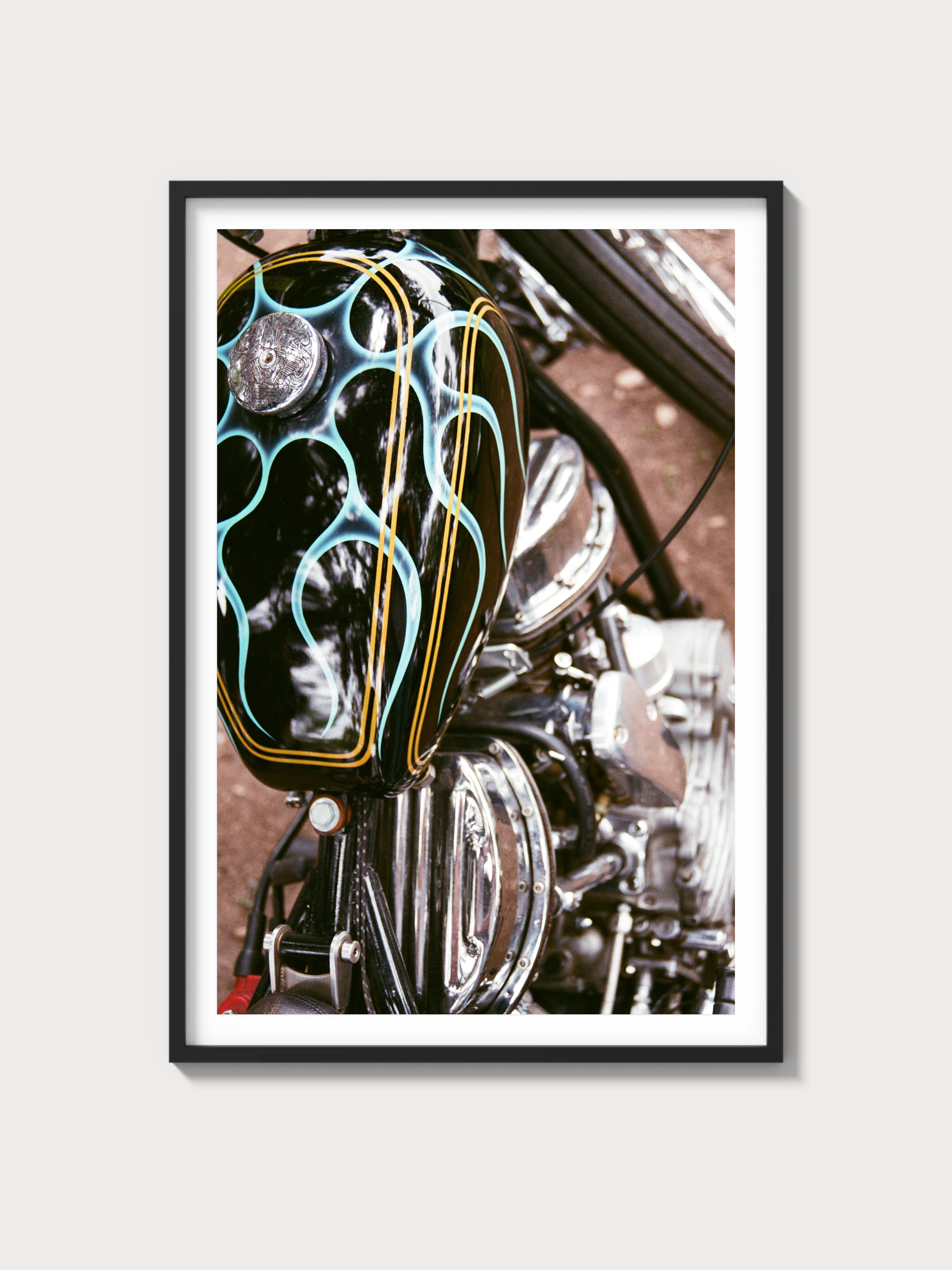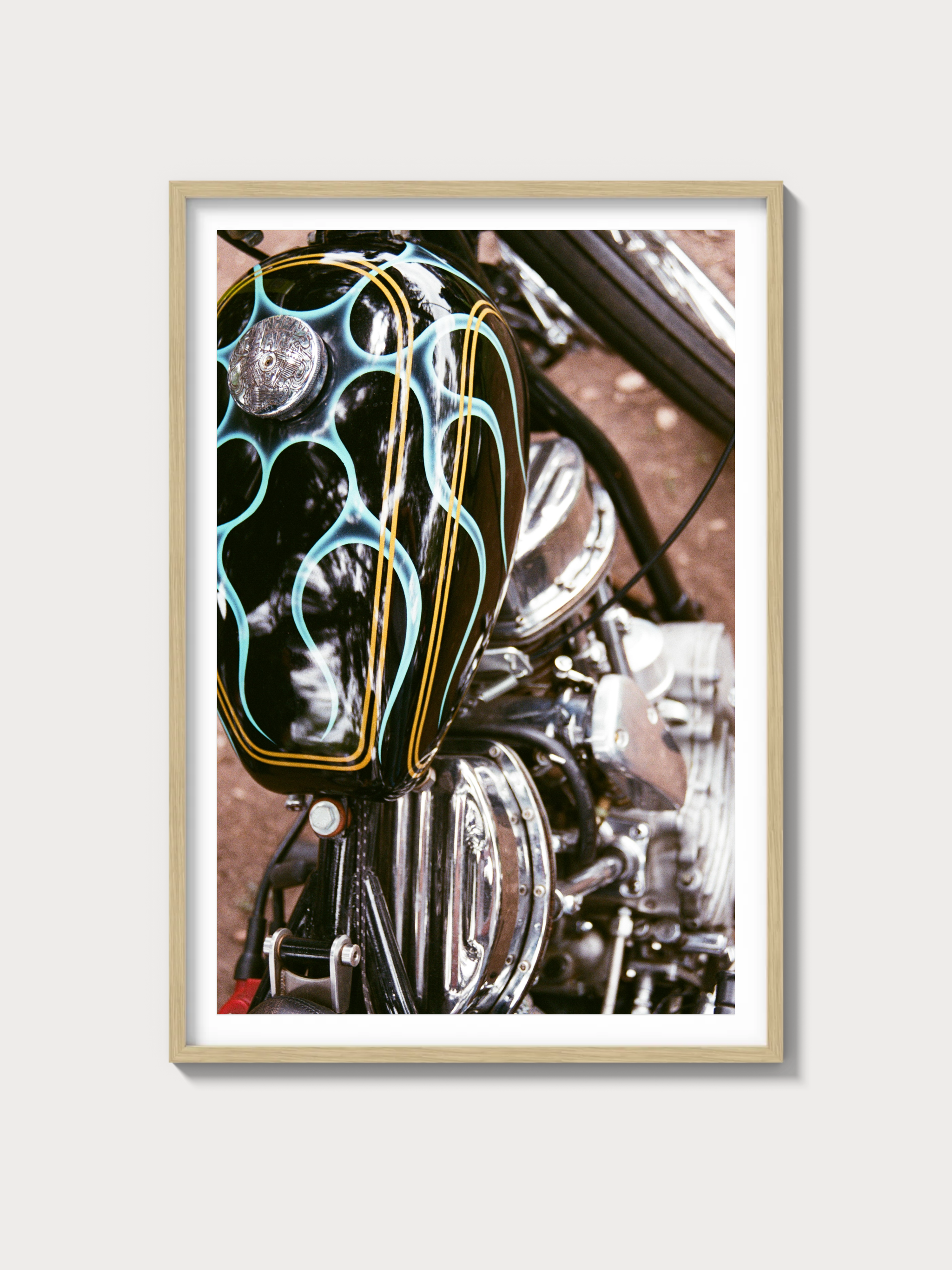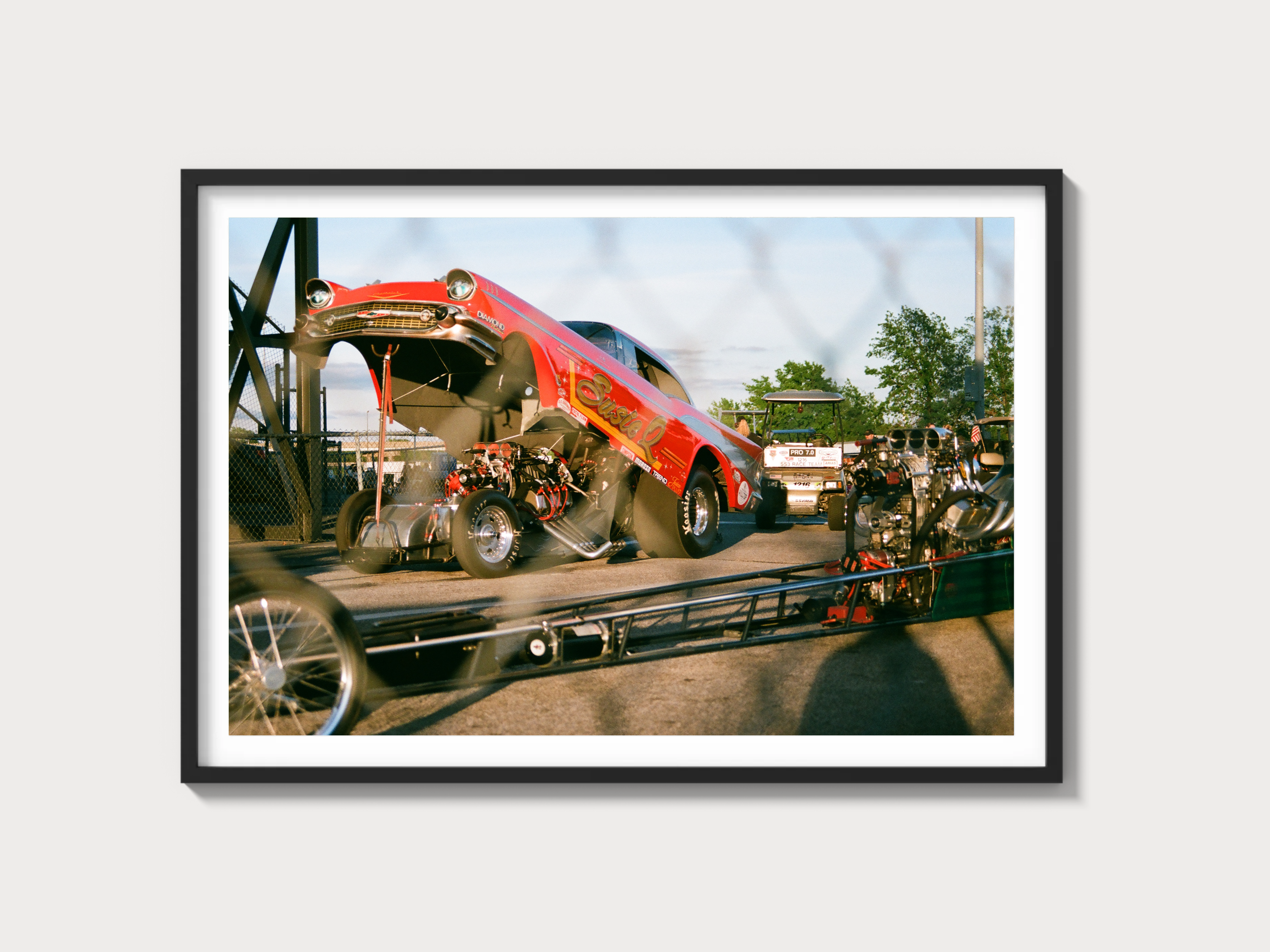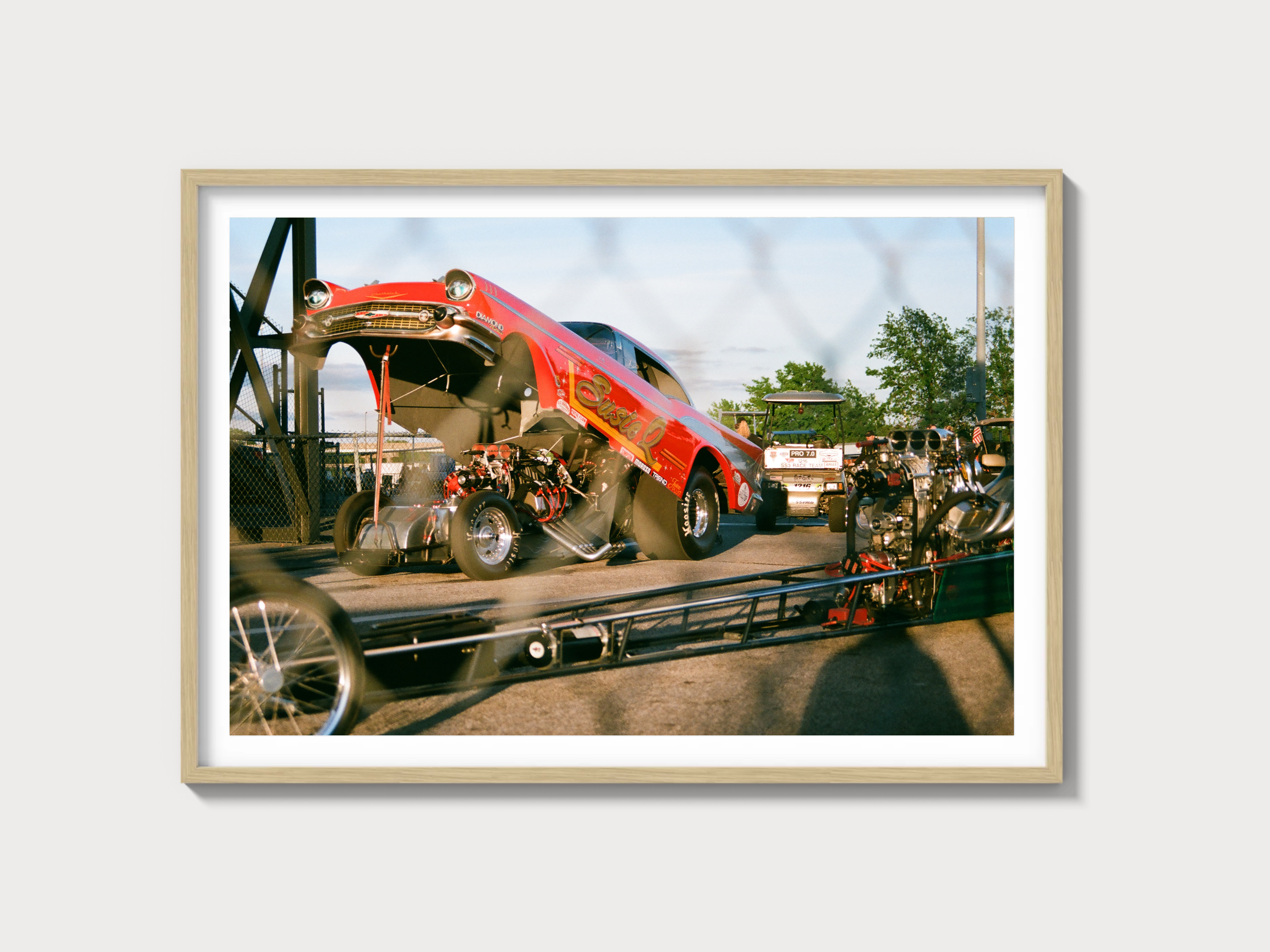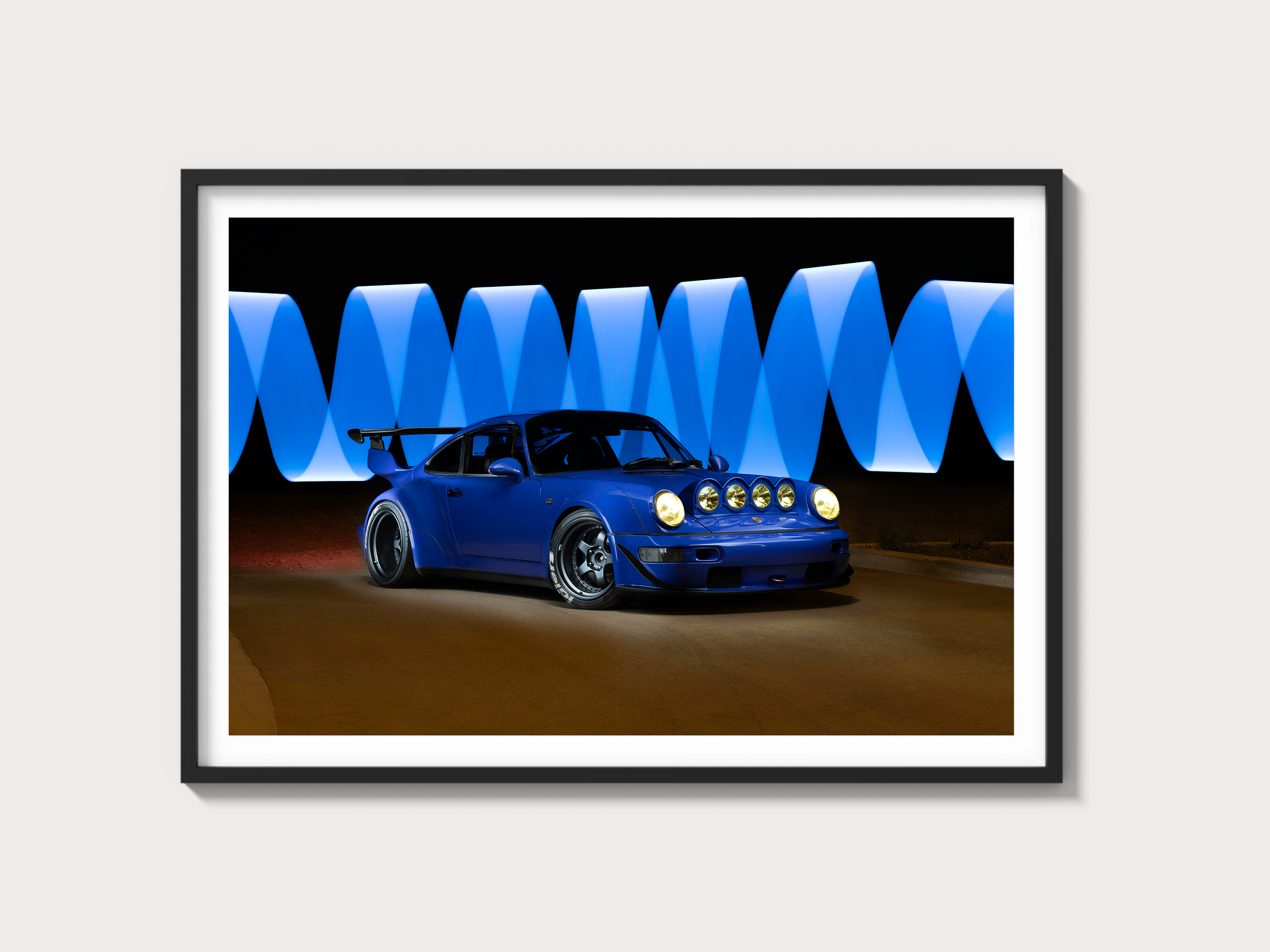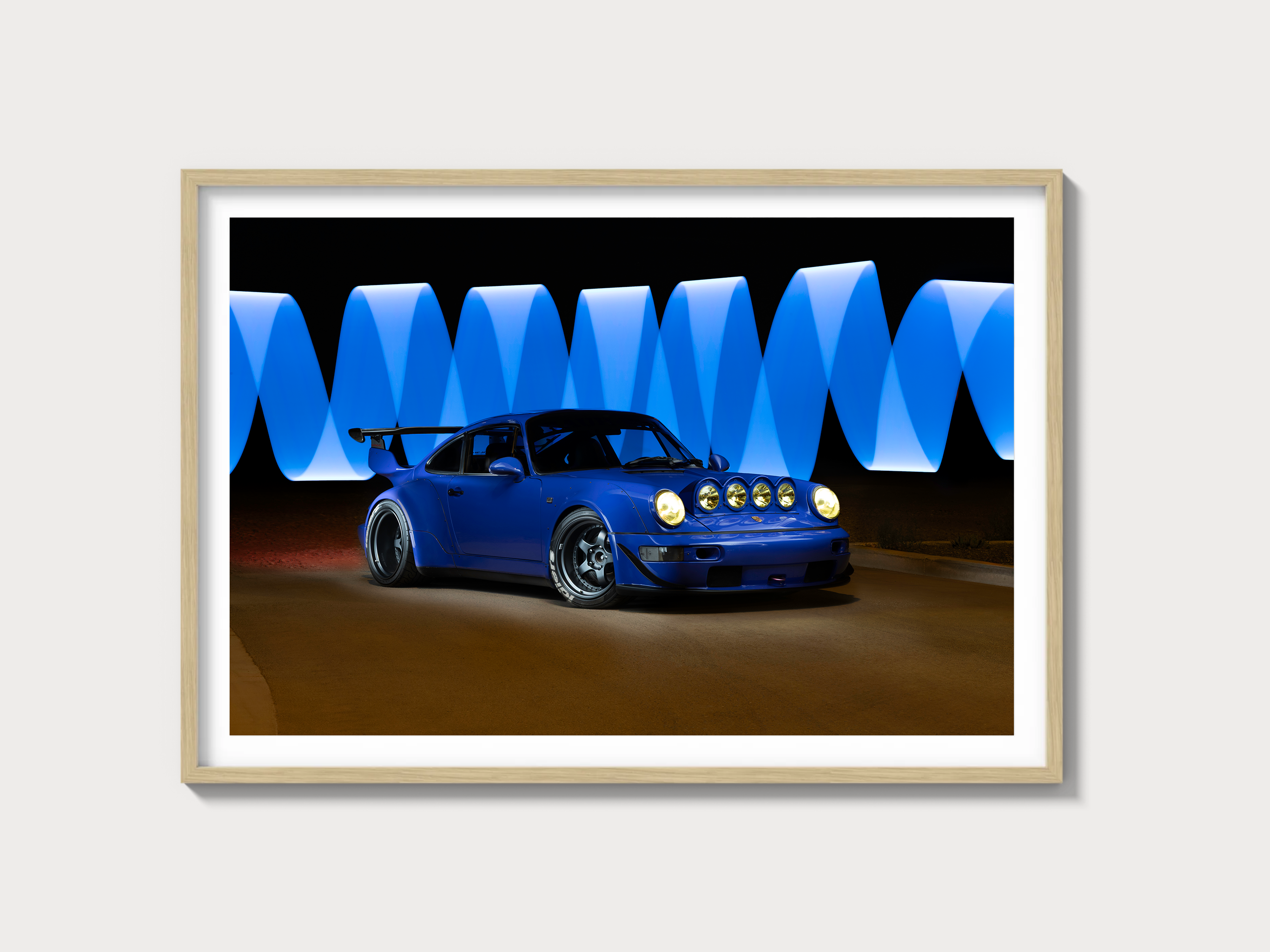The 1984–1990 Ford Bronco II XLT: A Rugged Compact SUV
Historical Context and Development Background
Introduced in 1984, the Ford Bronco II XLT was Ford's response to the burgeoning compact SUV market. During the 1980s, consumer preferences began shifting towards vehicles that combined the utility and off-road prowess of traditional SUVs with a more manageable size for urban environments. Designed as a derivative of the full-size Bronco, the Bronco II was developed under the codename "Yuma" and shared its platform with the Ford Ranger pickup. This synergy allowed Ford to leverage existing components, ensuring practicality and cost-effectiveness in production.
Corporate strategists positioned the Bronco II against competitors like the Chevrolet S-10 Blazer and Jeep Cherokee. Its boxy design and rugged stance were crafted by Ford's design team to appeal to both outdoor enthusiasts and urban dwellers. Despite its compact dimensions, the Bronco II maintained the brand's reputation for off-road capability, making it a popular choice among adventurers and suburbanites alike.
Engine and Technical Specifications
| Specification | Details |
|---|---|
| Engine Configuration | V6 |
| Displacement | 2.8L |
| Horsepower | 140 hp |
| Induction Type | Naturally Aspirated |
| Redline | 5,800 RPM |
| Fuel System | Carbureted (later EFI) |
| Compression Ratio | 8.7:1 |
| Bore/Stroke | 93 mm x 68 mm |
Driving Experience and Handling Dynamics
The Bronco II XLT's driving experience was characterized by its robust road feel, a testament to its body-on-frame construction. The suspension was tuned to handle off-road excursions, featuring a Twin-Traction Beam front suspension and leaf springs at the rear. This setup provided a balance between on-road comfort and off-road capability, although it exhibited a noticeable amount of body roll during spirited driving.
The gearbox options included both a four-speed manual and an optional three-speed automatic, with throttle response being linear but somewhat lethargic, typical of the era's emissions regulations. Nonetheless, the Bronco II's compact size and relatively light weight ensured nimbleness that was appreciated in both urban and off-road settings.
Full Performance Specifications
| Performance Metric | Specification |
|---|---|
| 0–60 mph | 12.5 seconds |
| Top Speed | 90 mph |
| Quarter-Mile | 19.0 seconds |
| Weight | 3542 lbs |
| Layout | Front-engine, rear-wheel-drive / 4WD |
| Brakes | Front Disc/Rear Drum |
| Suspension | Twin-Traction Beam (front), Leaf Spring (rear) |
| Gearbox Type | 4-speed manual / 3-speed automatic |
Variant Breakdown
- XLT: Featured chrome accents and premium interior materials, with production numbers peaking in 1986.
- XL: The base model, offering minimalistic features for budget-conscious buyers.
- Eddie Bauer: A luxury variant with unique two-tone paint and upscale interior options.
Ownership Notes
Owning a Bronco II requires a commitment to regular maintenance, especially given the age of these vehicles. Parts availability is decent, thanks to the shared components with the Ford Ranger. Restoration can be moderately challenging due to rust issues common in the frame and body panels. Service intervals should follow a diligent schedule, emphasizing oil changes and inspection of suspension components.
Cultural Relevance
The Bronco II has carved a niche in automotive culture, appearing in movies and television series that accentuate its rugged, adventurous spirit. Collector interest has seen a resurgence, with auction prices for well-preserved examples steadily rising. Its legacy in motorsport, particularly in off-road events, underscores its engineering prowess and durability.
FAQs
- Is the Ford Bronco II reliable?
- With proper maintenance, the Bronco II is considered reliable, though it is susceptible to common issues such as transmission and suspension wear.
- What are the known problems of the Bronco II?
- Common problems include transmission failures, electrical issues, and rust, particularly in humid climates.
- How does the Bronco II fare in terms of value trends?
- The Bronco II has been appreciating in value, particularly models in excellent condition with low mileage.
- What engine options were available?
- The primary engine was a 2.8L V6, with later models featuring a 2.9L V6 with electronic fuel injection.








